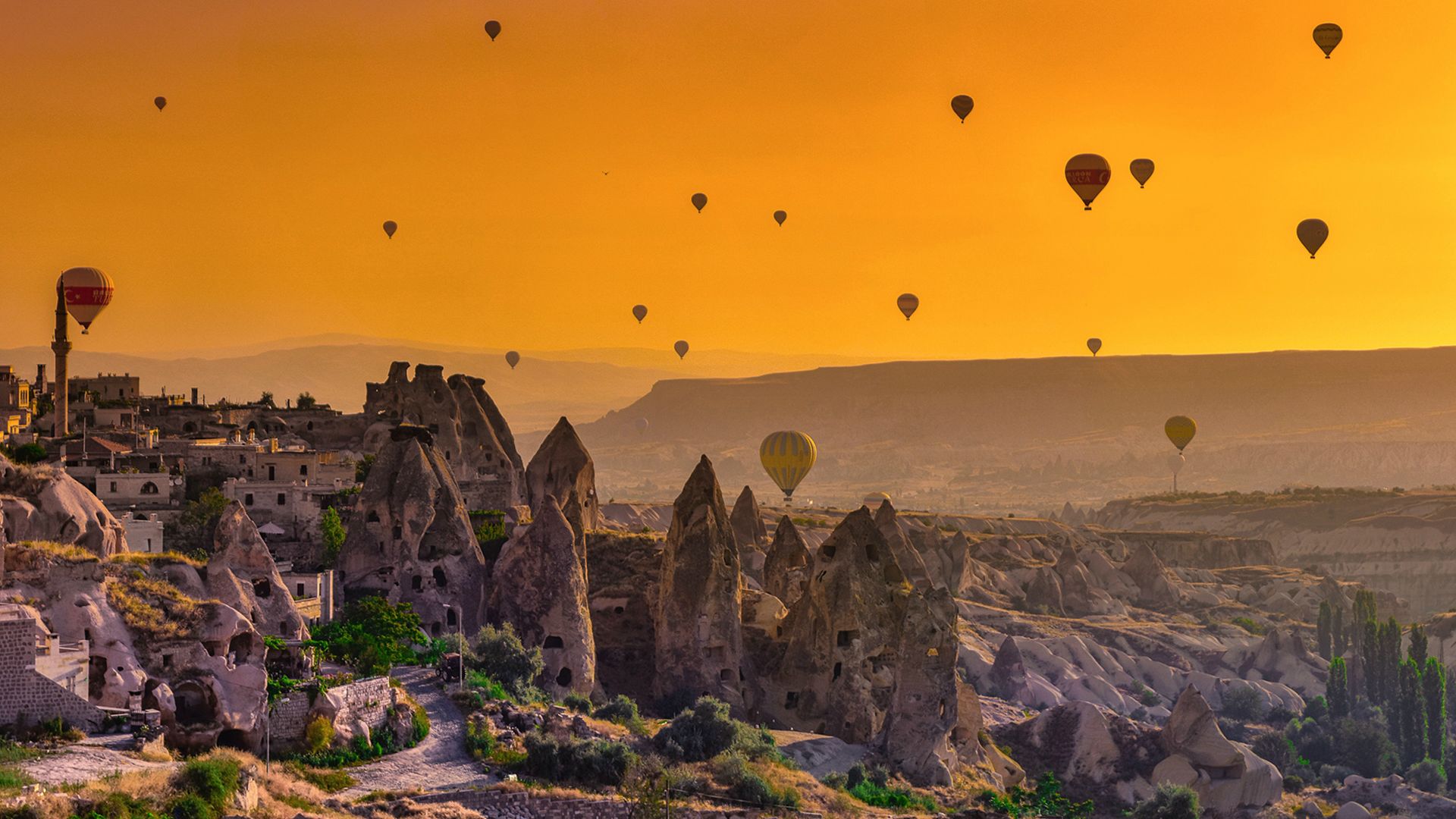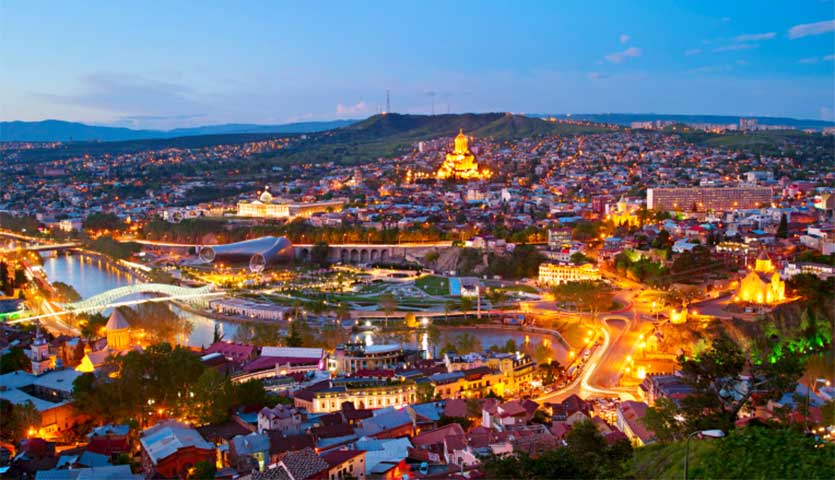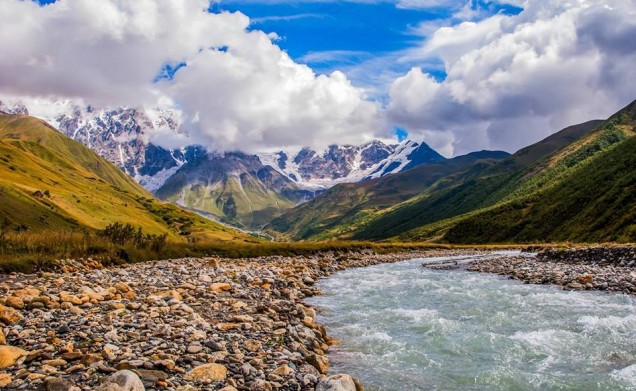




Tbilisi – Svaneti
7 Days
Day 1 -Arrival to Tbilisi Airport /Check in the Hotel /overnight in Tbilisi
Day 2 Breakfast in the Hotel and Excursion to old part of Tbilisi:
Sameba: (1995–2004) Cathedral is erected on the Elia Hill, which rises above the left bank of the River Mtkvari in the historic neighborhood of Avlabari in Old Tbilisi. Sameba is the main Georgian Orthodox Christian cathedral.
Metekhi church: Church was built in the 5th century by the Georgian king Vakhtang Gorgasali. It is unusual example of domed Georgian Orthodox Church. It was later damaged and restored several times. Tradition holds, that it was also a site, where the 5th century martyr lady Saint Shushanik was buried. Church is located on the cliff overlooking the Mtkvari river, this view is wonderful indeed.
Old baths: Sulfur Baths, built in 17 century. All the celebrities arriving in Tbilisi first of all were taken to the sulphur bathhouses. Sulphur water is characterized with having the constant temperature of 38-40 C.
National Museum of Georgia: The Georgian National Museum was established at the end of 2004 by a Presidential decree. Its origins, however, date back to the founding of the Museum of the Caucasian Department of the Russian Royal Geographic Society in 1852. You can found here the legendary Gold of Colchis-land of the Golden Fleece.
Departure to Mtskheta
Svetitskhoveli Cathedral: Cathedral was built in the 11th century. Svetitskhoveli, known as the burial site of Christ's mantle, has long been the principal Georgian church and remains one of the most venerated places of worship to this day. It presently functions as the seat of the archbishop. It is listed as an UNESCO World Heritage Site.
Samtavro monastery: The first Christian King, Mirian and his wife Nana are buried in the church. The main building of the complex is the great church of Samtavro. The tiny church of St. Nino dates from the 4th c. In the North-west stands a handsome three-storey bell-tower of 13th c. The South-west buildings have functioned both as a nunnery and theological seminary of the Georgian Orthodox Church.
Lunch in restaurant
Return to Tbilisi
Overnight to Tbilisi
Day 3
Breakfast in the Hotel /Departure to Mestia
Lunch on the way
Visiting Dadiani palace Museum in Zugdidi
Dadiani Palaces Museum: The Dadiani Palaces History and Architecture Museum houses some exhibits of natural cultural heritage of Georgia - Tagiloni treasure materials, Mother of God holy vesture, the icon of queen Bordokhan - mother of queen Tamar of Georgia, manuscripts from 13th - 14th centuries, miniatures, memorial relics of Dadiani dinasty, and objects connected to emperor of France Napoleon Bonaparte - brought to the palace by the husband of David Dadiani's daughter, prince Ashille Muratt, grandson of Napoleon's sister, Carolina.
Departure to Mestia
Overnight in Mestia
Day 4
Breakfast / visiting the sightseeing of Mestia
Mestia: is a highland townlet in northwest Georgia, at an elevation of 1.500 meters in the Caucasus Mountains. Mestia was an important centre of Georgian culture for centuries and contains a number of medieval monuments - churches and forts - included in a list of UNESCO World Heritage Sites.
Sightseeing: Svan Towers/ The house of Svaneti (Machubi)…The Churches of Mestia
Visiting the Museum of Mikheil Khergiani
Horse riding / free time
Overnight in Guesthouse
Day 5 Ushguli
Breakfast / visiting the sightseeing of Ushguli
Ushguli: It is considered to be the highest inhabited village in Europe, which is located at the foot of Shkhara, one of the highest Caucasian summits. Altitude claims vary from 2,086 to 2,200 metres. The Ushguli villages contain buildings that are part of the UNESCO Heritage site of Upper Svaneti.
Sightseeing: Tower of King Tamar
The Churches of Ushguli
Visiting the Museum of Ushguli
Overnight in Guesthouse
Day 6 Mestia-Tbilisi
Breakfast / Transfer toTbilisi
Sightseeing Shiomgvime
Shiomghvime Monastery: It was founded in the mid-6th century after St. Shio, a monk who had come from Syria, estab¬lished himself here. St. Shio himsetf continued to live alone in a little cave at some distance from the monastery, but spent the last two years of his life and was buried in a dark cavern. There are more than a hundred caves, north of the monastery, where monks had lived ever since the Early Middle Ages.
Lunch on the way
Overnight in Tbilisi
Day 7
Breakfast in the hotel
Visiting Turtle lake /
Visiting to the Souveniers’s Shop
Turtle Lake: is a small lake at the outskirts of Tbilisi. West to the lake is the Open Air Museum of Ethnography, a large exhibition of Georgia’s folk architecture.
Lunch in the restaurant (Leaving party)
Transfer to the Tbilisi airport